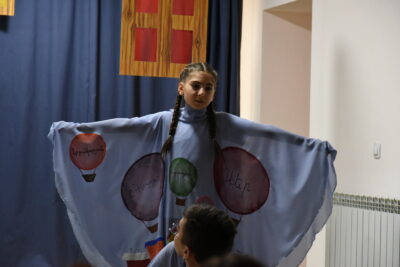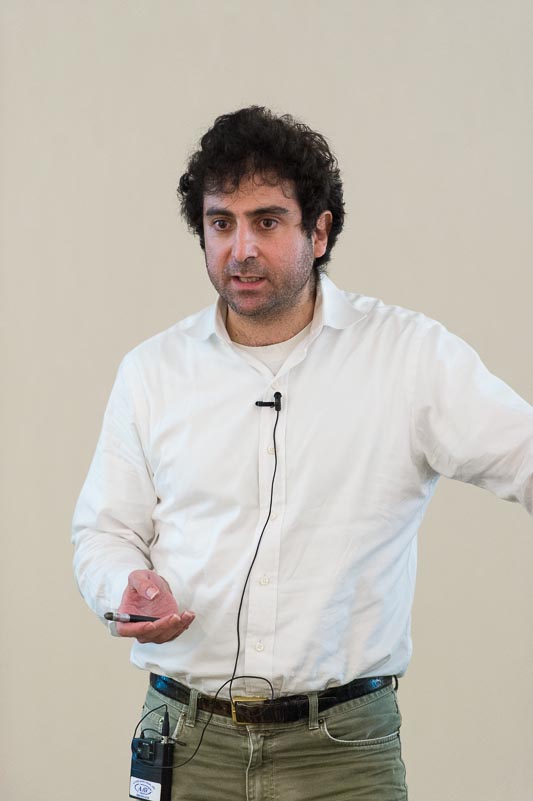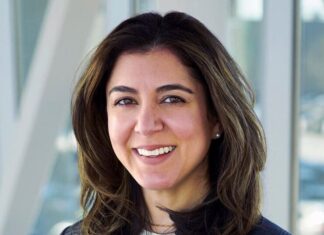By Michelle Cohan
PHILADELPHIA (CNN) — It’s Thursday night in the “Sweetest Place on Earth,” Hershey, Penn., the town famed for its chocolate.
Traces of mozzarella, boisterous conversations and anxiety fill the air of a small, packed pizzeria in the heart of town.
This distracted environment is not the ideal place for a group of students to study before a big test of their wits. But that’s exactly the point.
The teens appear doggedly absorbed in their work, despite the chaotic atmosphere.
“Distraction teaches you to focus no matter what,” said Colette Silvestri, a gifted and enrichment teacher at Hershey High School.








